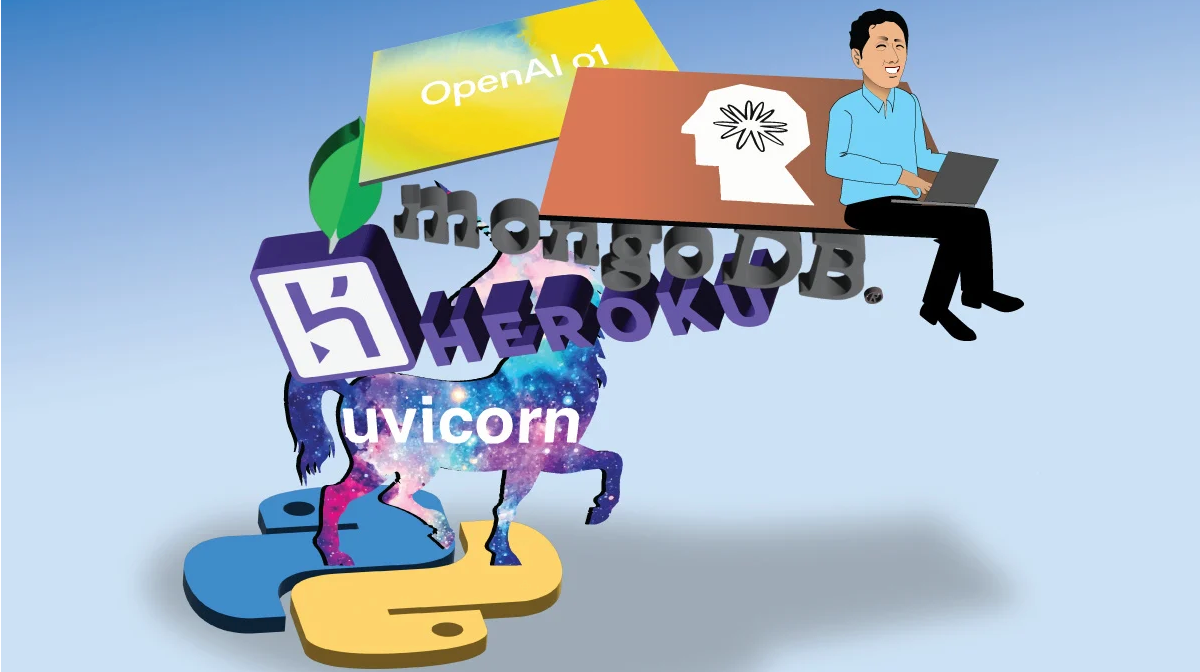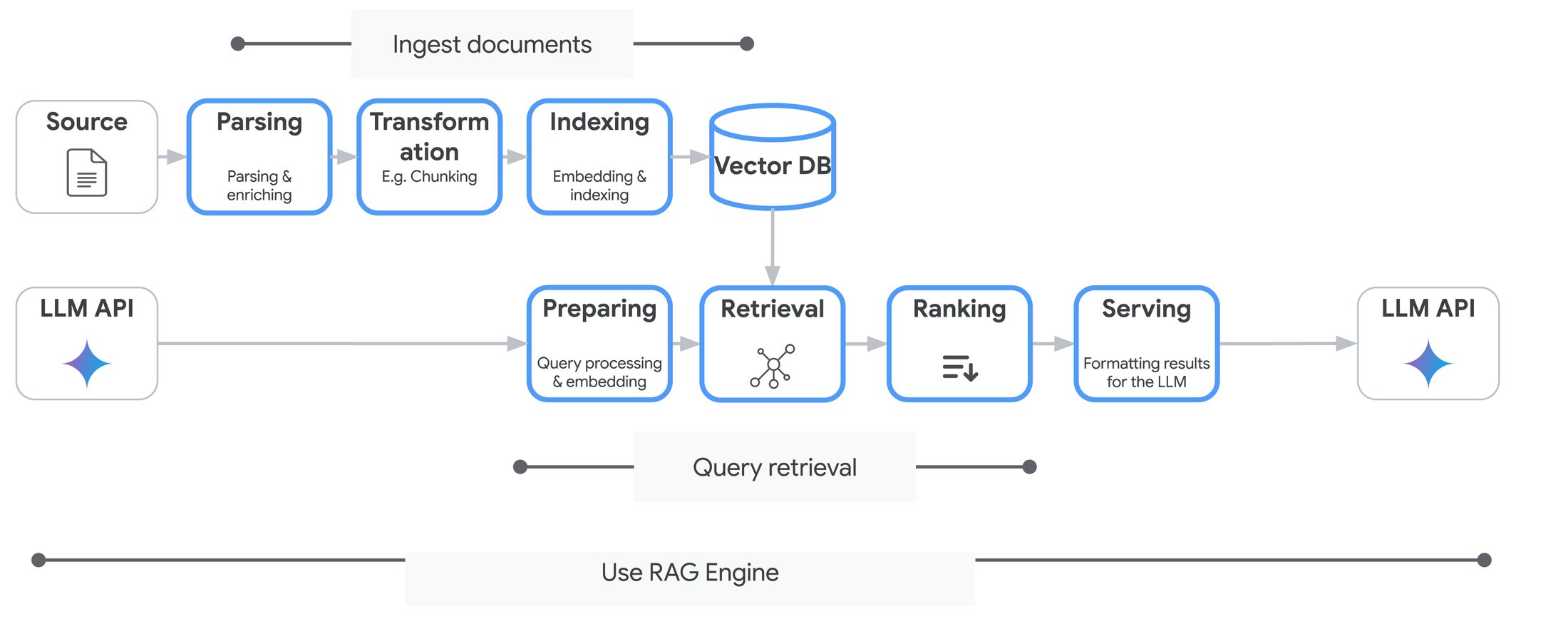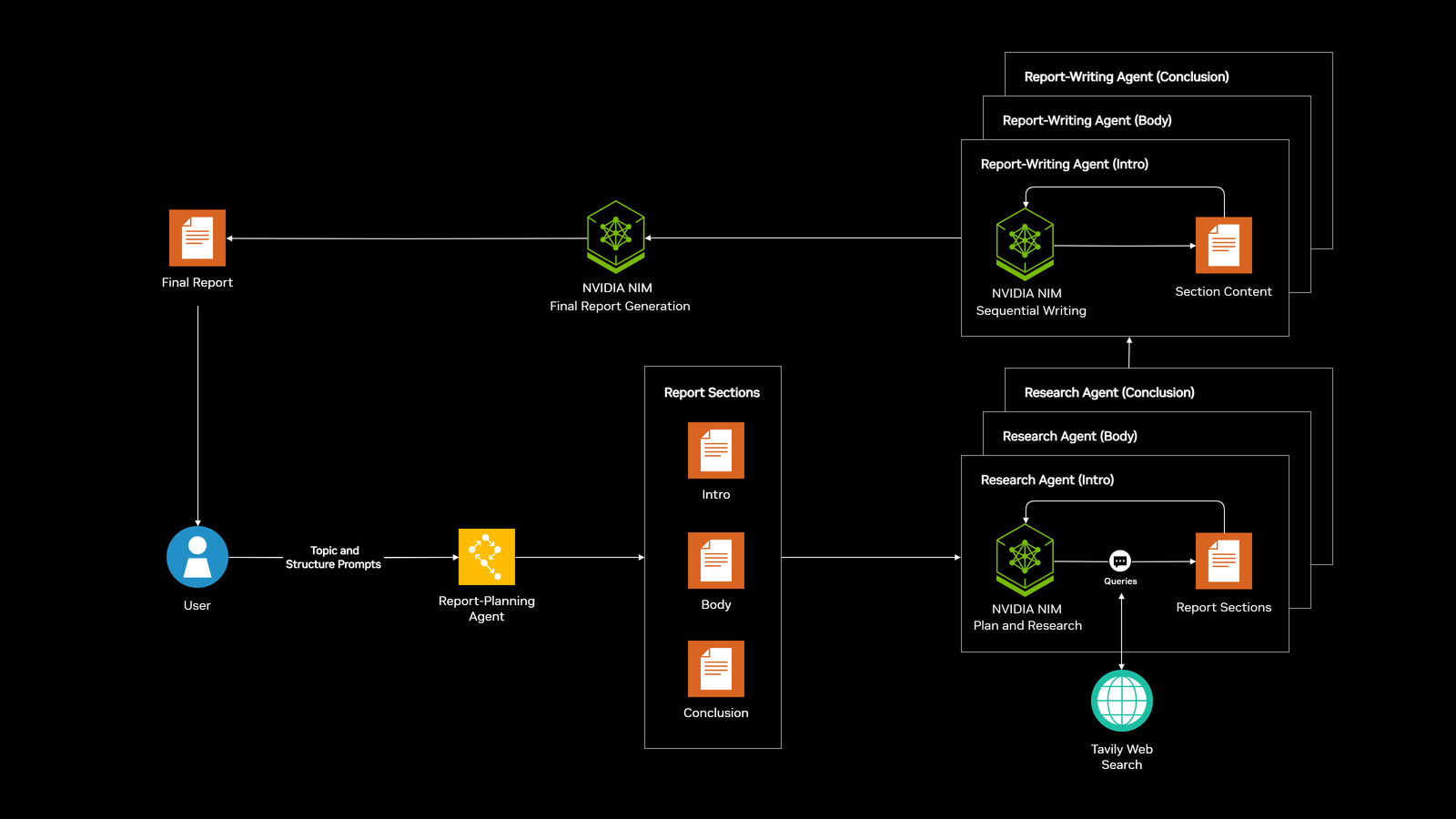Starting Today, AI Can Generate Videos with Chinese Characters! 'Preface to the Pavilion of Prince Teng' Nailed It
The article details the latest advancements of the Tongyi Wanxiang 2.1 version in the field of AI video generation. This version leverages the synergy between VAE (Variational Autoencoder) and DiT (Diffusion Transformer) Architecture to achieve efficient generation of complex Chinese characters and intricate motions. The article showcases multiple video generation examples, including Chinese character generation, complex motions (such as breakdancing and diving), and video generation with cinematic effects. The Tongyi Wanxiang 2.1 version scored an impressive 84.70% on the authoritative VBench evaluation set, surpassing both domestic and international video generation models like Gen3, Pika, and CausVid. The article also explores the technological innovations of Tongyi Wanxiang in long sequence training, data, and evaluation systems, solidifying its leading position in the field of AI video generation.







